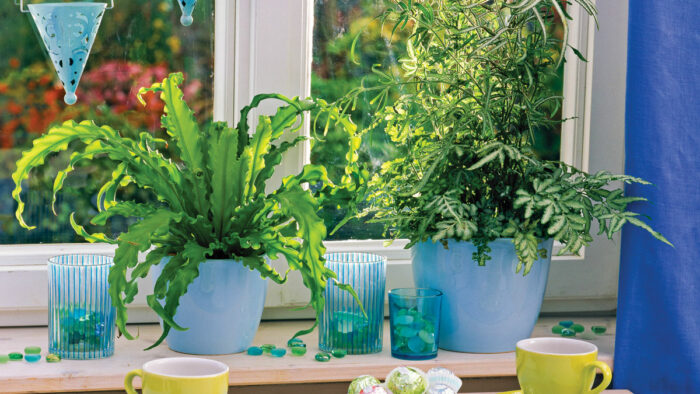
Ferns have an interesting reputation as indoor plants. They are prized for their beauty and elegance, but they also have a lingering (and not completely deserved) reputation as tricky plants to keep alive. Perhaps no fern is as popular indoors as the Boston fern, but the world of ferns goes far beyond this classic.
There are about 10,000 species of ferns growing in a huge range of climates around the world. As with any plant, the best guide to growing a fern specimen successfully is to mimic its native conditions. Tropical ferns appreciate high temperatures and lots of moisture, while temperate ferns usually need high humidity and cooler temperatures. To tell the difference between these two types of ferns when shopping, look at the label. Ferns that are described as needing warm temperatures are more likely to be tropical. Ferns described as needing cooler temperatures are more likely to be temperate or even subtropical.
The most popular indoor ferns tend to be understory plants from temperate or subtropical climates. Regardless of the species, many ferns have several needs in common. Most houseplant ferns thrive in dappled light, like that from a north-facing window. They also generally prefer steady and constant moisture in well-drained soil. Aquatic and semi-aquatic ferns are exceptions. A humidifier can work wonders with ferns. You can also try growing them in a kitchen or a bathroom, where there’s a naturally high level of humidity. If you live in a very dry climate, you can increase humidity by misting your plants every day. Just try not to mist in the evening, because the plants shouldn’t be wet overnight.
Ferns are not heavy feeders, but they do benefit from regular applications of fertilizer. It’s a good idea to apply a slow-release pellet fertilizer twice a year or to provide weekly applications of a diluted balanced liquid fertilizer. The most popular indoor ferns thrive at room temperature (68° to 72°F), so keep them away from cold windows in the winter and from direct, scorching sunlight in the summer.
More:
More indoor plant recommendations
Beautiful and Unusual Fern Varieties for the Garden
Lady and Painted Ferns—Plant Trial Results
Stand-by fern favorites and unique cultivars
Ferns are great indoor plants, whether they are featured as single specimens or used in a group. Here are a few that perform exceptionally as houseplants.
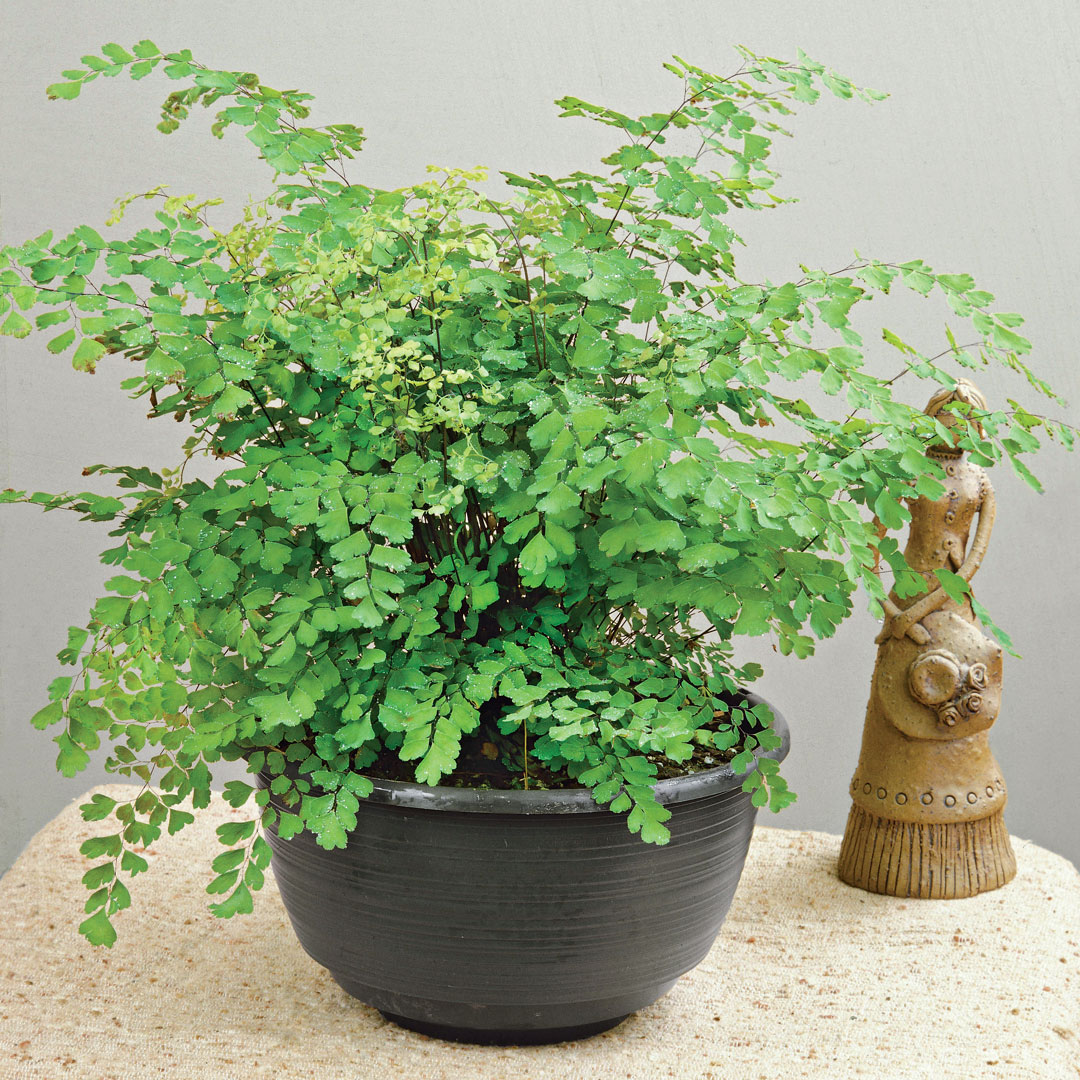
1. Delta maidenhair fern (Adiantum raddianum, Zones 10–11) is a delicate little fern with clusters of fan-shaped leaflets. It prefers lots of warmth and water and needs high levels of humidity to thrive.
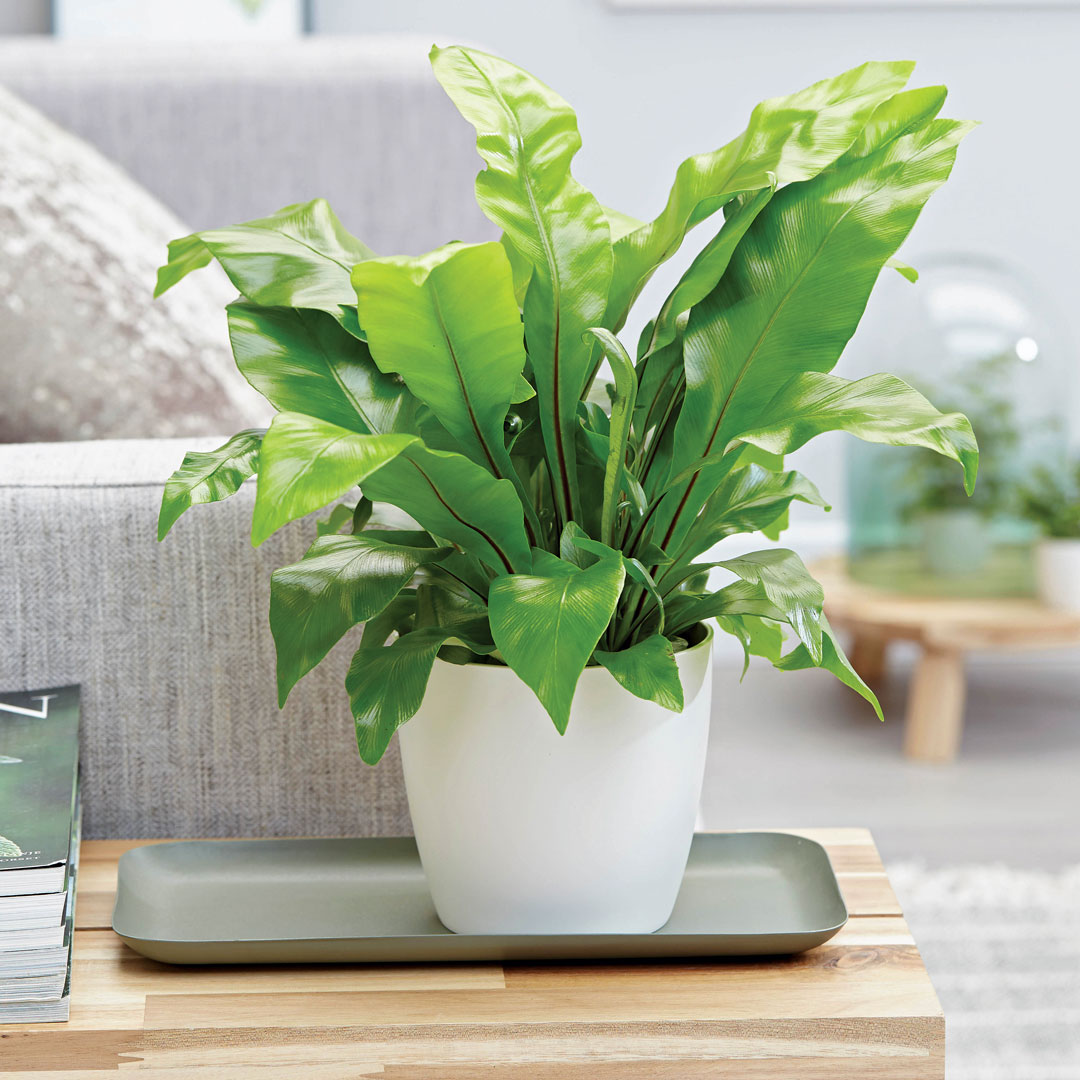
2. Bird’s nest fern (Asplenium nidus, Zones 10–12) is a great desktop plant. It features strappy, mostly upright fronds that grow from a central rosette. It likes dappled light, moderate to warm temperatures, and frequent irrigation in well-drained soil.
3. Boston fern (Nephrolepis exaltata, Zones 10–12) has been a staple since the Victorian era. Sometimes called sword fern, it features drooping fronds and grows equally well in hanging baskets or containers. It prefers high humidity and moderate light.
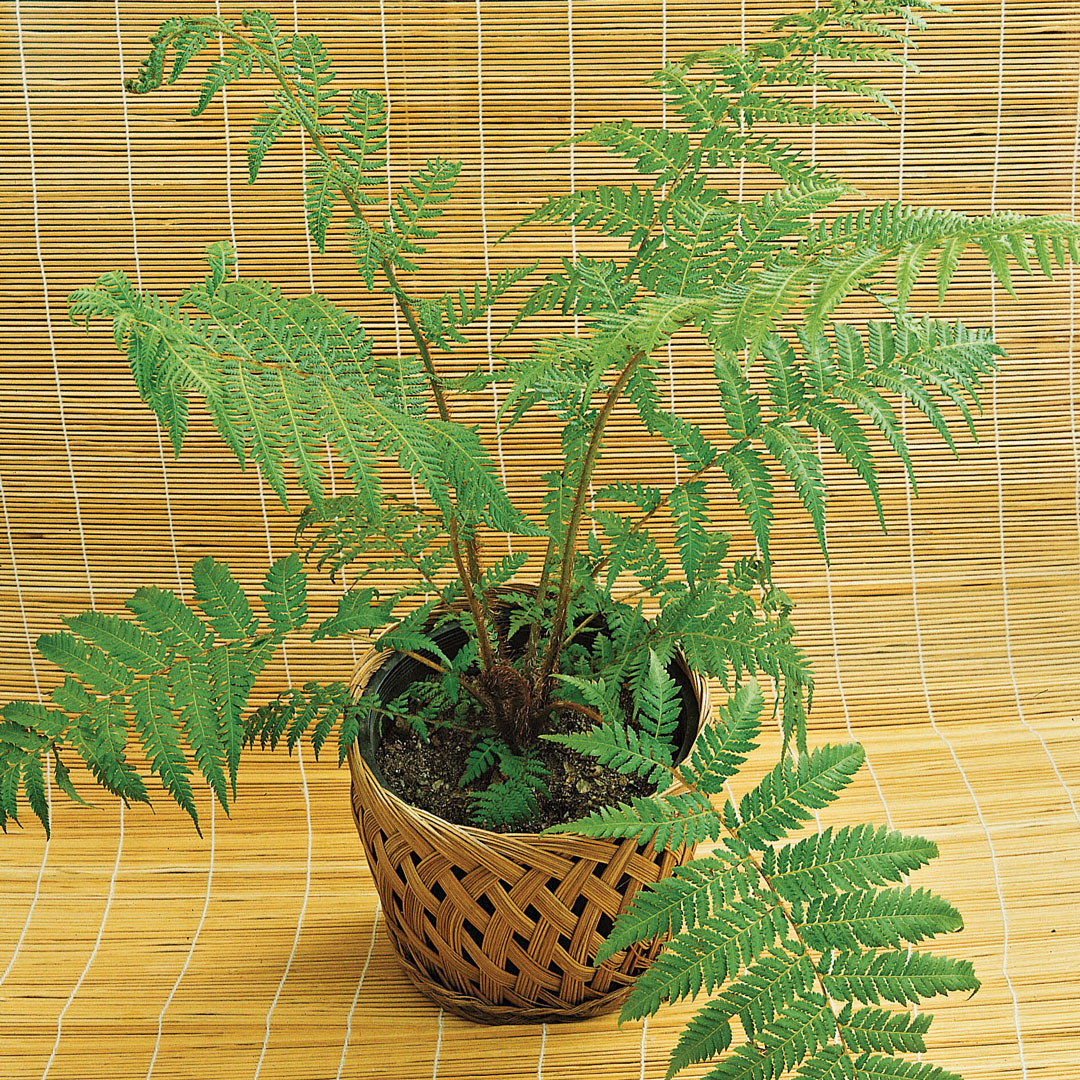
4. Tree ferns (Cyathea spp. and cvs., Zones 9–11) are truly ancient plants that have existed in their current forms for hundreds of millions of years. In the wild, these towering ferns typically grow from a single stem with feathery, drooping fronds. Growing them indoors can be a challenge because they thrive in cool, moderate temperatures with high humidity, which is a mix of conditions that does not come naturally to many homes. But for the dedicated gardener, Australian tree fern (C. cooperi, Zones 9–11, pictured) and rough tree fern (C. australis, Zones 9–11) can provide show-stopping displays in a roomy corner with dappled light. Make sure to provide your tree ferns with even and steady moisture and regular fertilizer. They resent drafts or periods of low humidity.
Common fern pests and diseases
Like most houseplants, ferns are vulnerable to pests commonly found inside, including mealybugs, scale, whiteflies, and thrips. The best approach to these pests is to keep a careful eye on your plants and treat them at the first sign of infestation. It’s also a good idea to immediately quarantine any affected plants to limit the spread.
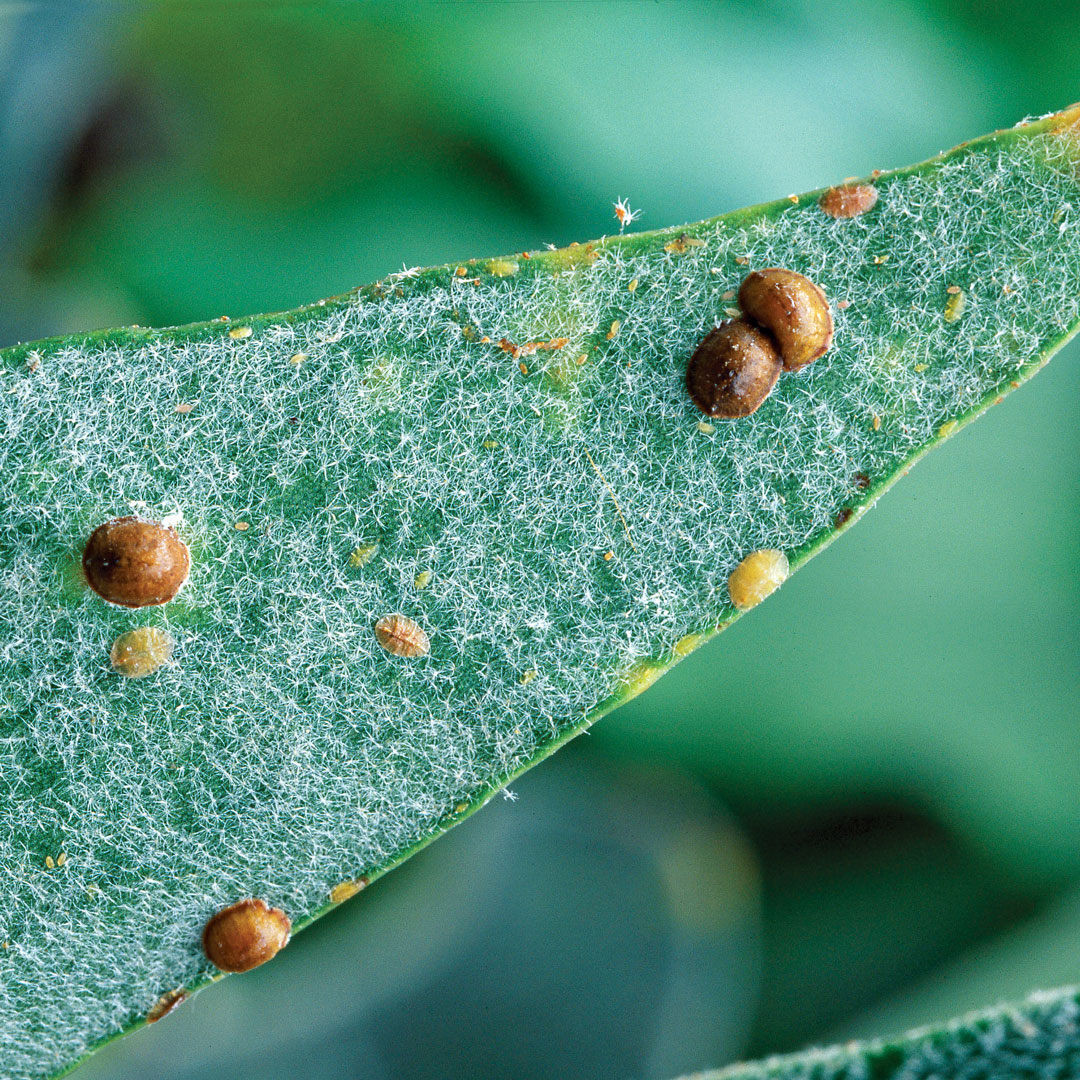
Pests: Treating your plants should begin with the least toxic option. For mealybugs and scale, a strong jet of water may be enough to blast away the bugs—just make sure to repeat the treatment every few days until you don’t see any more pests. If further intervention is necessary, horticultural oil or neem oil is effective against a wide range of pests. Be careful about using insecticidal soap, as it will harm some types of ferns,
including Delta maidenhair fern. If none of these measures work, you can remove pests with a cotton swab soaked in rubbing alcohol or graduate to a stronger pyrethrin-based product as a last resort. Be sure to follow the label directions carefully, and never use a product inside that isn’t recommended for indoor use.
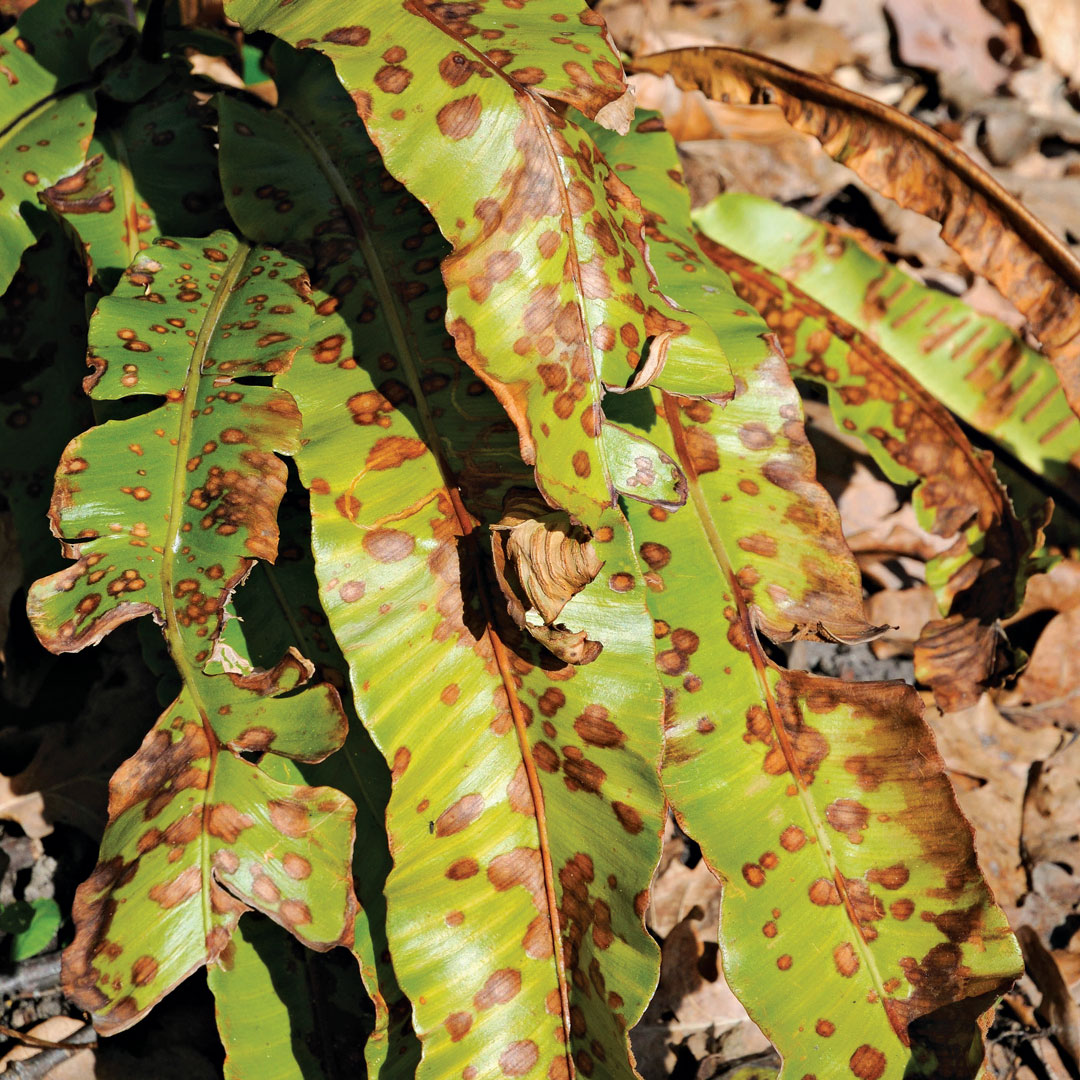
Diseases: When it comes to diseases, the good news is that houseplant ferns are largely disease resistant. Most of the problems you’re likely to see—brown leaf tips and fronds or wilting foliage—are caused by cultural issues such as improper watering, low humidity, or cold drafts. If your fern does come down with a bacterial or viral disease, the best option may be to replace the plant.
Jon VanZile is a Master Gardener and writer living in South Florida. He is the author of Houseplants for a Healthy Home: 50 Indoor Plants to Help You Breathe Better, Sleep Better, and Feel Better All Year Round.


















Comments
Log in or create an account to post a comment.
Sign up Log in